Lenovo Southern Africa’s flagship event, Accelerate 2025, has just wrapped up in Johannesburg — and if the conversations are anything to go by, the…
From Apple to Timex: the A to Z smartwatch guide
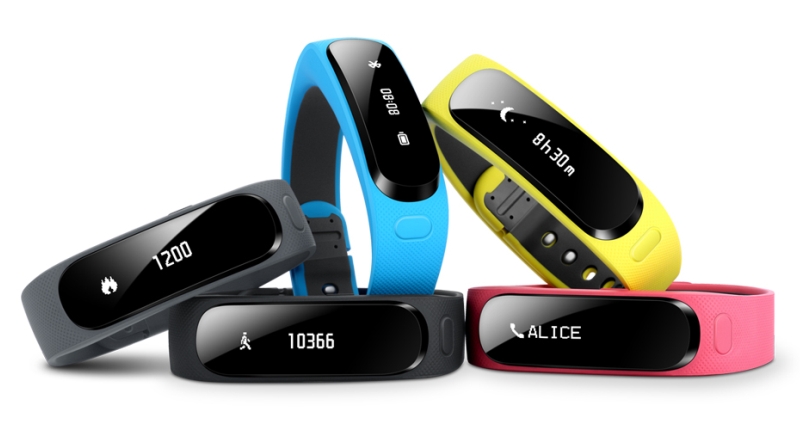
Sick of smartwatches yet? Unfortunately, they’re here for the foreseeable future to enslave the wrists of the countless masses. While the technology is debatably still a relatively new breed, there is no shortage of confusing and overwhelming options on the market. From the stylish round-faced traditionalist, to the square button-laden wrist wrecker — there’s essentially a smartwatch suited for everyone, for all styles and all needs.
With Microsoft and Apple yet to launch their contenders however, there’ll be even more options in the coming months for consumers to gloss over. For now, here is a list of smartwatches from A to Z.
Apple
The team from Cupertino are not first because they have the best smartwatch (it likely will be post-release, though), but is alphabetically, giving fanboys their first chance to gloat.
Reportedly called the iWatch, it will be slathered in sensors reading both biometrics and atmospherics, turning the smartwatch into a mobile health and weather center. It will also run a full version of iOS 8, which begs the question: Is it a watchphone or a smartphone companion?
The face itself will be covered in scratch-resistant Sapphire Glass, like its smartphone sibling, and feature some gorgeous aesthetics. Recent patents suggest that it will sport an iPod Nano-like form factor, that may allow its use as a wrist-worn media player. Of course, Apple may have simply filed the patent for future use.
The company did make quite a noise when it hired former Yves Saint Laurent and Tag Heuer employees in the past few months, so expect an upmarket, expensive and well-planned device launching (reportedly) in October.
Asus
Rumour had it that Asus was developing a smartwatch dubbed the Robin, billed to be the thinnest, sleekest wearable to date. Since the news surfaced in late April, we haven’t heard any additional claims from the Taiwanese manufacturer on the challenger. Instead, there has been a flood of news regarding another wrist-warmer.
Asus, perhaps adopting the same strategy as Apple — waiting for as long as possible to release a device to market — has been quick to uncover that it’s working on a new watch. There’s currently no word on specifications, but expect two new offerings waltzing out of Asus’ doors in the foreseeable future.
Huawei

Like its Taiwanese neighbor, the Chinese firm is also getting into the smartwatch fad with its TalkBand B1. As the name would suggest, it’s more band than watch, and more Inspector Gadget than Optimus Prime.
The 1.4″ flexible OLED is also quite a looker but is ridiculously tiny, and doubles up as a removable Bluetooth headpiece (an incredibly novel yet brilliant addition). Considering the strange shape of the screen though, the band doesn’t quite fit flush against the arm. A tiny 90mAh battery also allegedly gives the wearer a mammoth six days before charges, while the charging system — featuring a little hidden USB strip within the band — is rather ingenious in itself.
Huawei is asking for around US$140 for their smartband, which is in the ballpark of other fitness-orientated bands, making it a worthwhile choice.
LG

One of the original kids on the block, the G Watch was one of Android Wears parade platforms when it was showcased at Google’s I/O in June. The watch itself is quite stately and suave, especially in its jet black form. Interestingly, unlike many of its counterparts, the face is always on, which is both a blessing (in extreme sunlight and hands-free situations) and a curse (battery life, or bedside charging). And speaking of the screen, it’s a 1.65″ 280×280 LCD.
The internals are far superior to that of any other smartwatch, although they’re a tad excessive as well. A Qualcomm Snapdragon 1.2GHz SoC finds its way onto the watch — which is capable of driving a full-sized Android handset — alongside 512MB RAM and 4GB storage. It’s a swift little devil.
But the power is largely wasted. It’s not a “watchphone”, so it needs a smartphone tether to relay messages and notifications to the wrist, but unlike Samsung, the G Watch is compatible with other Android devices. It’s also much cheaper, at US$230.
Microsoft
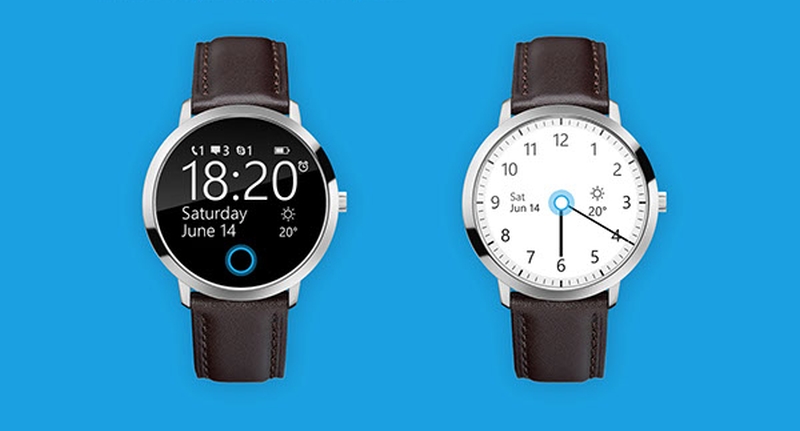
Concept image: Nadir Aslam via Behance
Forbes is the latest publication to suggest that there’ll be a smartwatch waltzing out of Redmond in the coming months, but whether it’ll be a fitness band or a smartwatch is the real question. An exert from the report seems to suggest it’s the former:
“The watch will look similar to the Samsung Gear Fit and feature a full-color touch screen about the size of half a stick of gum, positioned on the inside of the wearer’s wrist. The unorthodox screen-placing appears to be aimed at making it easier and more private to view notifications.”
Perhaps the trump card in Microsoft’s deck is its multi-OS compatibility — with Android, iOS and Windows Phone — which will make it the first current-generation smartwatch to support all major platforms. We pray it doesn’t come with a ridiculously clunky OS compared to the screen size, though, or worse, Windows 8.1 Bing.
And because Microsoft enjoys being coy, no other technical information has been released as yet.
Motorola Mobility
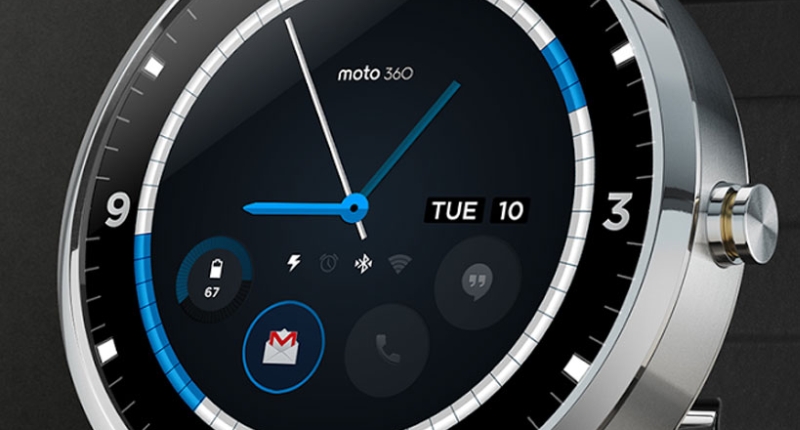
The most eagerly anticipated smartwatch (bar Apple’s), mainly because it’s more like a watch than any of the others, is the round-faced Moto 360. It will appeal to those looking for a classy option, with capable hardware and predictable OS.
As reported by Luca Viscardi in his pre-release review, the battery lasts around two and a half days, which is much better than its Android Wear counterparts. More kudos comes courtesy of Qi wireless charging, which means no clunky cables or life support systems to keep the watch alive. Not much else has been squeaked by Motorola, but sources suggest it will come with a wide variety of strap options and boast waterproofing.
Launching (reportedly) at Motorola’s not-so-secret 4 September event in Chicago, it’s the most attractive smartwatch option, in our books. And after a Best Buy employee forgot to check his calendar this week, the world now knows the Moto 360 will retail for US$249, slightly more expensive than the LG and nearly US$100 more than the Huawei.
Pebble
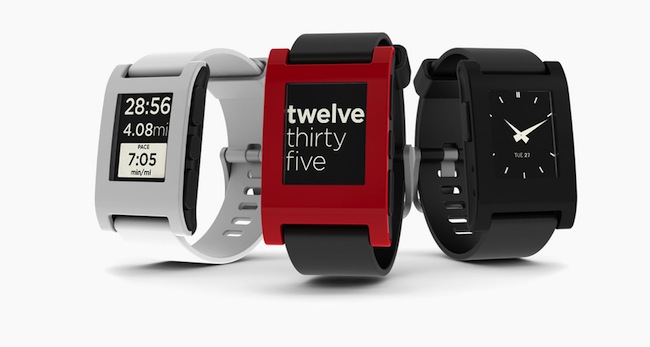
Unlike Samsung’s offering, or the majority of smartwatches, the Pebble features an 1.26″ 144×168 e-paper screen — a much lower resolution, low-energy screen technology usually found on e-readers — which allows the Pebble to hold a charge for up to a week. Like the Gear range though, it’s waterproof and also serves up notifications from its smartphone companion.
People may find the watch’s aesthetics a tad dated, but it’s part of its charm. Recently the company added three new colour varieties which brings the 1960’s right back into the future. It’s also compatible with both Android and iOS, while it’ll only shed US$149 from your wallet. Not a bad deal.
Qualcomm
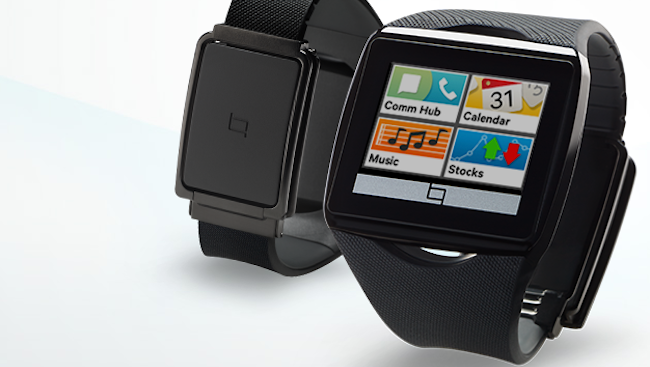
Like traditional smartphones, it requires a smartphone (Android only) to do its smartphone thing, and uses Bluetooth 3.0 — which is rather peculiar citing its other battery-centric reductions. Nevertheless, the watch is a divergence compared to the traditional Samsung/LG lightning-fast processor logic. It is US$50 more expensive than the Gear 2 though, which makes the Samsung family seem rather practical.
Samsung
Speaking of which…
I personally loathe Samsung’s naming convention, and I’m relatively sure the public do too. The marque currently offers five smartwatch options that all appear to do the exact same thing: the original Gear, the Gear 2, the Gear Neo, the Android Wear-powered Gear Live and the activity-orientated Gear Fit. Telling them apart is the real challenge (except for the ultra-slim Gear Fit).
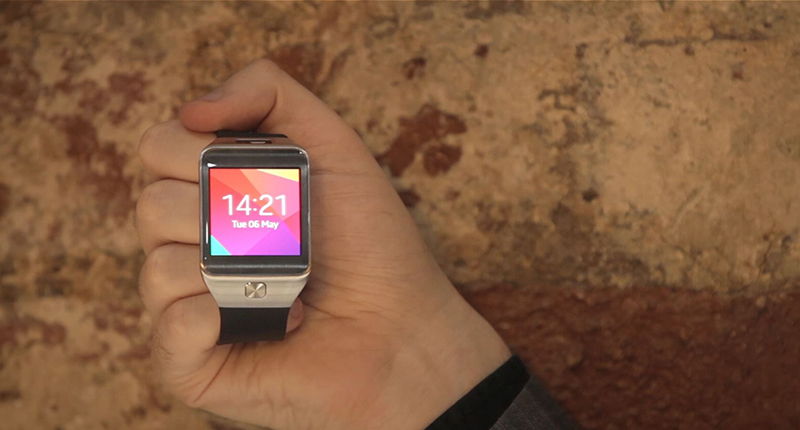
Firstly, the Gear 2 (above) has taken to people’s arms like handcuff’s in a considerably immoral town with an overzealous police force. Running Tizen, it packs a particularly attractive 1.8″ AMOLED screen with 320×320 resolution. Paired with a 2MP camera and a dual-core Exynos 3250 SoC running at 1GHz, it’s more powerful than most phones and boasts IP67 ingress protection, but it’s not without its flaws.
It, like the slew of smartwatches available on the market, lacks wireless charging and has to be tethered to a smartphone like a wayward puppy in order to work effectively. And at US$299 a pop, it’s not the cheapest option either, especially since that 2MP camera packs a US$100 premium.
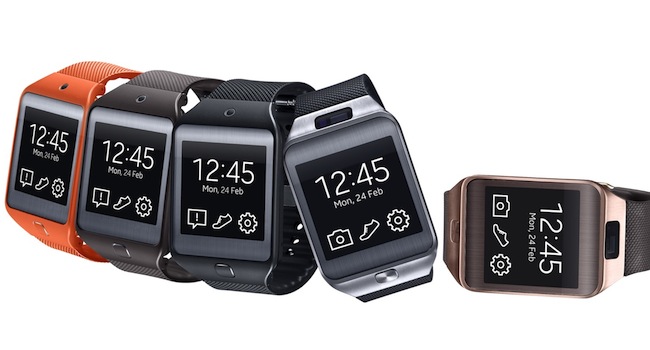
The Neo (above left), for comparison’s sake, is the exact same watch without the snapper, but retails for US$199. The Live is also the exact same watch as the Gear 2, except it runs Google’s Android Wear, and not Tizen. It also retails for US$199, which seems like the real bargain in the Samsung family.

The Fit (above) on the other hand is more like a fitness band dressed in its Sunday best. The face is nearly as strange as the Huawei TalkBand, but looks substantially sleeker around a wrist. While packing a heart-rate sensor — like its stockier brothers — it weights just 27g. To accentuate the peculiar facial dimensions, Samsung has fitted the band with a 1.83″ 432×128 screen. While the screen is a thing of beauty, the device seems to be a fitness band in smartwatch clothing. Engadget noted that the heart-rate monitor and pedometer are gravely inaccurate, which is gorgeously ironic. The band can also be had for US$199.
And wouldn’t you know it? Samsung’s planning its sixth smartwatch, dubbed the Solo, which promises to be more a watchphone than a smartphone companion, according to reports. But perhaps the most annoying thing about Samsung smartwatches is that they’re only compatible with Samsung smartphones — a missed opportunity that Microsoft will likely take advantage of.
Sony
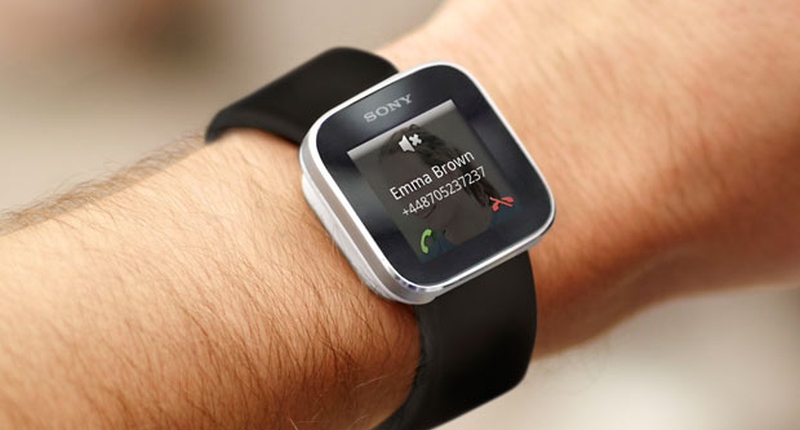
I gave Samsung a hard time earlier. If anything, it’s Sony who have absolutely no idea how to name a product. Their offering, dubbed the SmartWatch 2 (yes, really) must have come from an overly long Friday afternoon brainstorming session.
To make Sony executives cringe, the SmartWatch looks like Samsung’s Gear range, with rounded edges. Unlike the Korean watch, it’s lighter, at 40g. And while most smartwatches use Bluetooth to form a connection between smartphone and wrist, the SmartWatch uses Bluetooth and an NFC option. The latter is lighter on battery but does have a shorter range compared to Bluetooth.
While Sony’s device seems a less than obvious choice, it’s compatible with non-Sony Android devices too and at US$169, it’s a steal.
Timex

The IronMan ONE+ is one of the first actual watchmakers to present a degree of interest in the smartwatch market and have plunged right into the deep end. We’re not quite sure if it’s a smartwatch in the traditional sense — it keeps time, sure, and has a tiny Qualcomm CPU, but it’s extremely ugly. Nevertheless, Timex is going for the active, non-stop, always-in-the-mud type buyer who couldn’t care less about the aesthetics.
With this in mind, the watch is also waterproof, dust-proof and seemingly idiot proof. The UI is simply laid out — much like Samsung’s Tizen, actually. Additionally, it also features a free messaging feature thanks to AT&T and a tiny SIM slot, which allows the wearer to reply to messages directly from the watch. It’s not quite a watch phone — it can be tethered to a smartphone, of course — but it’s a step in the right direction.
The IronMan ONE+ is the most complete smartwatch available now, and the only one we’d dare go abseiling with.
So which is the best?
That’s a tough question. Undoubtedly, we’re most excited for the Moto 360, but Microsoft and Apple’s offerings will likely cause massive waves in the sector. Samsung’s range is the current benchmark, while the Pebble and Qualcomm Toq offer interesting alternatives with differing approaches. Of course, there are also the smartwatches we’ve failed to mention in this guide, including the Spice Smart Pulse — India’s entry into the smartwatch battle royale.
The question of “which smartwatch is best?” ultimately comes down to personal preference, what the user wishes to do with the device and the price. Based on this, each watch is a winner in its particular field, but personally, I’d have the Moto 360.



